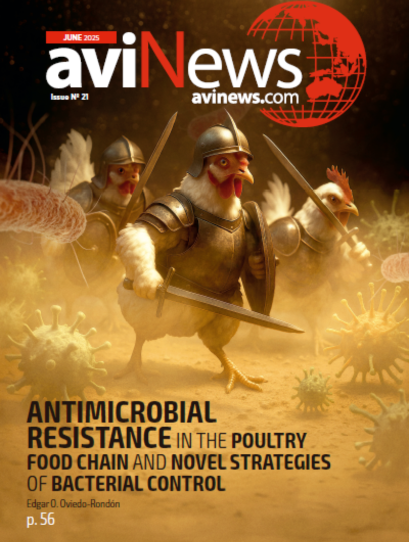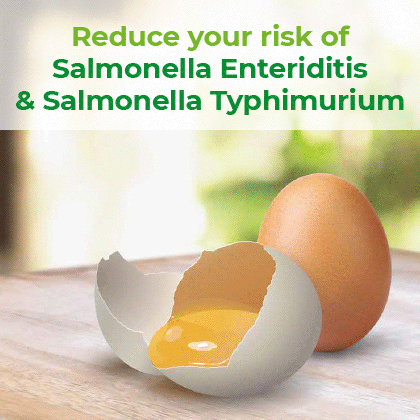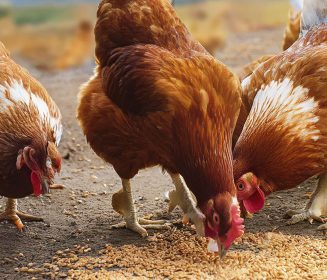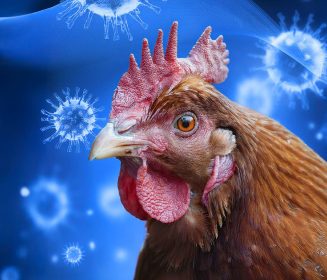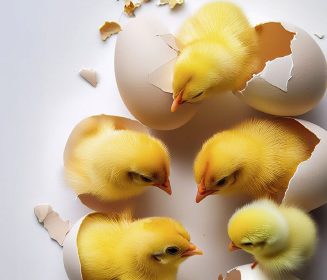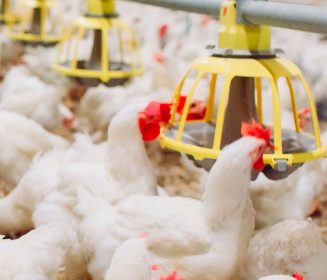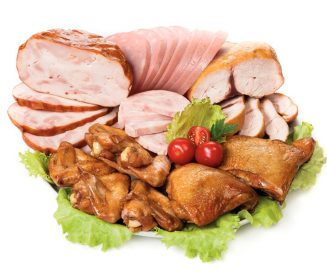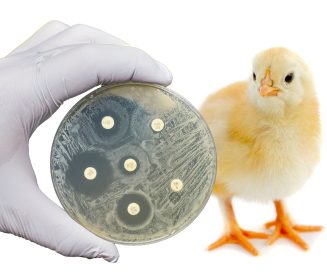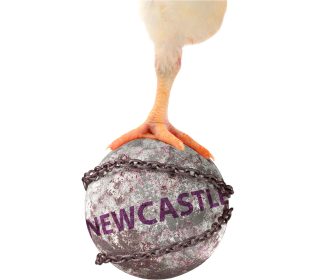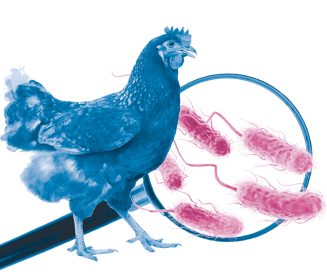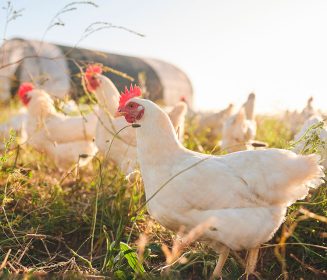04 Jul 2025
Crossbred native chickens gaining ground in Malaysia
Hybrid native chickens offer farmers faster growth, lower costs, and premium meat quality.
Crossbred native chickens are gaining popularity among Malaysian poultry farmers, offering faster growth, stronger disease resistance, and lower rearing costs compared to traditional breeds.
These hybrids present a viable alternative to both traditional native chickens and commercial broilers, said Dr Masnindah Malahubban, Head of the Department of Animal and Fishery Sciences at Universiti Putra Malaysia Bintulu Campus (UPMKB).
Rapid growth, enhanced resistance
“One of their main advantages is their rapid growth,” said Dr Masnindah . “For example, the Ayam Saga breed developed by the Malaysian Agricultural Research and Development Institute (Mardi) can reach 1.2-1.5kg in just eight weeks, compared to 24 weeks for pure native chickens. Similarly, UPM’s Akar Putra can reach about 1.4kg in under 13 weeks.”
Dr Masnindah added that crossbred native chickens also show greater resistance to disease than conventional broilers, reducing reliance on antibiotics and vaccines.
“This means lower mortality, cost savings on treatment, and lower risk of antibiotic resistance,” she remarked.
Additionally, the meat is firmer, lower in fat, and higher in protein, making it appealing to health-conscious consumers. Their enhanced flavor and aroma have positioned these birds as a premium choice in the market.
Feed cost savings
Farmers can also reduce feed costs by using alternative sources like coconut residue, cassava leaves, corn, and organic waste. Free-range systems offer added savings, as birds forage for natural feed like insects and plants.
“These factors make crossbred native chicken farming more sustainable and economical without compromising meat quality,” she explained.
Consumer demand is on the rise, especially in Sarawak, driven by growing awareness of food safety and natural products. UPMKB is conducting research to ensure antibiotic-free production meets food safety standards.
Dr Masnindah noted that these chickens are suitable for both smallholders and commercial operations due to their low start-up costs and simple management.
“This isn’t just a trend,” she concluded. “It’s a long-term strategy that offers higher returns and supports a more sustainable poultry sector.”

